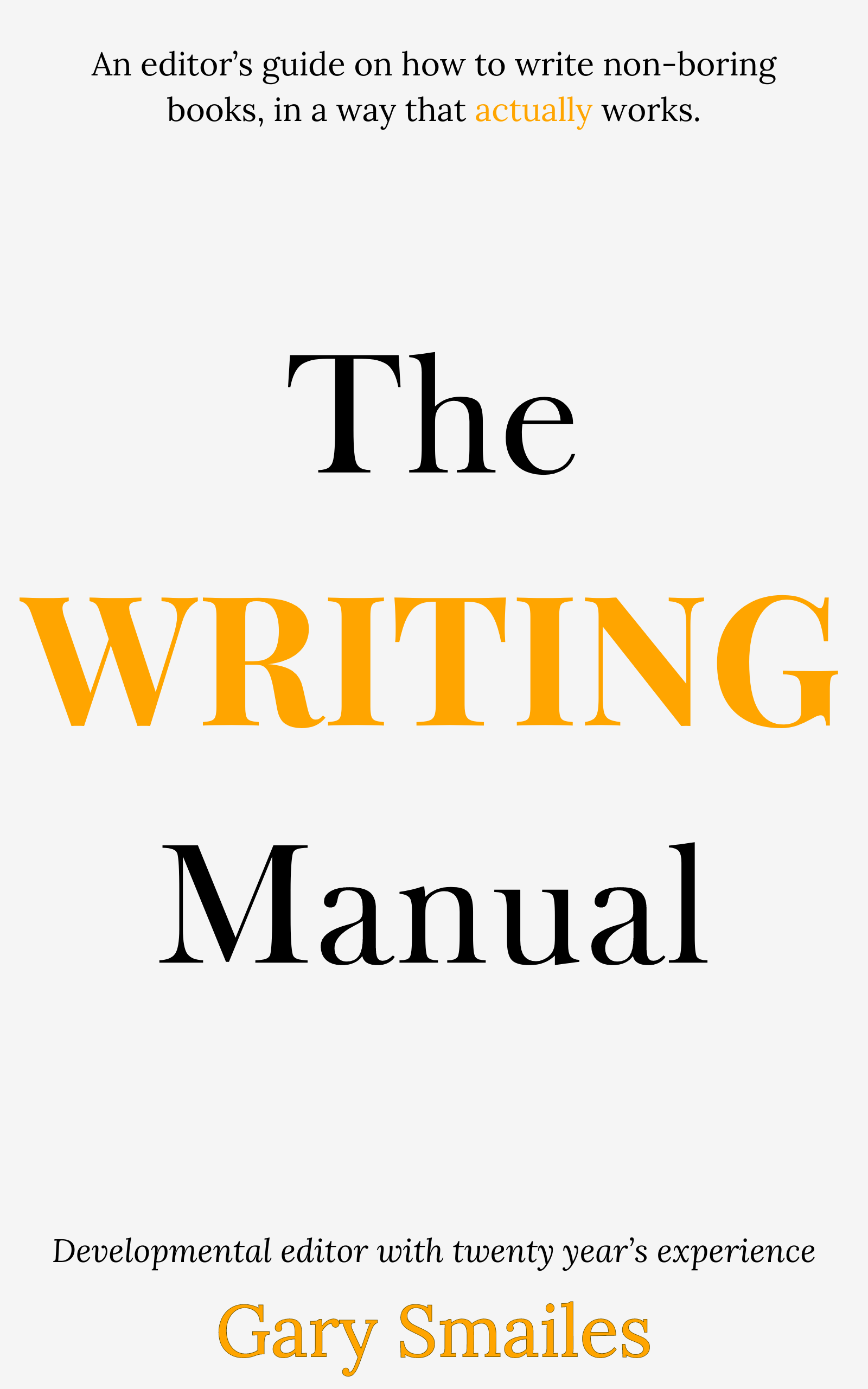



Imagine you've just finished writing your manuscript. The excitement of completing your book is quickly followed by the anxiety of the editing process. How long will it take to transform your rough draft into a polished masterpiece? The timeline for editing a book can vary widely, but understanding the factors involved can help set realistic expectations and reduce stress.
Editing is a crucial step in the writing process, ensuring that your story is clear, engaging, and free of errors. Whether you're self-publishing or aiming for traditional publication, knowing how long each stage of editing typically takes can help you plan your schedule more effectively. Let's explore the key factors that influence editing timelines and provide some practical insights to guide you through this important phase.
Editing is not just about correcting grammar and punctuation; it's about refining your narrative, enhancing readability, and ensuring your book resonates with readers. While there's no one-size-fits-all answer to how long it should take to edit a book, this guide will help you understand the different types of editing and what to expect at each stage.
Table of Contents
Several elements influence how long it takes to edit a book. Understanding these factors can help you set realistic expectations and plan your timeline effectively. Let's break down the key aspects that can impact editing duration:
The length of your manuscript is one of the most straightforward factors affecting editing time. A longer manuscript naturally requires more time to review and refine. For instance, a 50,000-word novella will generally take less time to edit than a 100,000-word epic fantasy novel.
Different genres and content complexities can also affect editing timelines. A straightforward romance novel may take less time to edit compared to a multi-layered science fiction story with intricate world-building and technical jargon. The more complex the narrative and content, the more time an editor will need to ensure consistency and clarity.
An author’s experience and writing style play significant roles in determining editing time. Experienced authors may submit manuscripts that require fewer structural changes, while first-time authors might need more comprehensive feedback. Additionally, a clear and concise writing style can speed up the editing process, whereas a more verbose or convoluted style may require extensive revisions.
There are various types of editing, each with its own timeframe:
Each type of editing has its unique demands, which can influence the overall timeline. Learn more about different types of book editing.
An editor’s expertise and current workload can also impact the time it takes to edit your book. Experienced editors may work more efficiently, but their schedules might be busier. It's important to consider an editor's availability when planning your timeline.
Multiple rounds of editing are often necessary to polish a manuscript to its best form. Each subsequent round of edits can address different issues, from structural changes to final proofreading. Keep in mind that each round will add to the total editing time.
The time required for editing a book varies depending on the type of editing needed. Here's a general overview of the average timeframes for different types of editing:
Developmental editing focuses on the big-picture elements of your manuscript, such as plot, character development, and structure. This type of editing requires a deep dive into your story's core elements and often involves significant rewrites and restructuring. On average, developmental editing can take anywhere from 4 to 8 weeks, depending on the manuscript's complexity and length.
Line editing concentrates on sentence-level improvements, ensuring that your writing is clear, concise, and engaging. This type of editing looks at the flow of your prose, the effectiveness of your dialogue, and the overall readability of your manuscript. Line editing typically takes between 2 to 4 weeks, though this can vary based on the manuscript’s length and the extent of revisions needed.
Copy editing corrects grammatical, punctuation, and consistency issues. It ensures that your manuscript adheres to language conventions and maintains a consistent style and tone. Copy editing usually takes around 2 to 3 weeks, depending on the manuscript’s length and complexity.
Proofreading is the final check for typos, formatting errors, and minor inconsistencies before your manuscript is published. This stage is crucial for catching any remaining issues that previous editing rounds may have missed. Proofreading generally takes between 1 to 2 weeks.
Editing a book can be time-consuming, but there are several strategies you can employ to streamline the process. These tips can help you make the most of your editing time and ensure a smoother experience:
Giving yourself some time away from your manuscript between drafts allows you to return with fresh eyes. This break can help you spot issues you may have missed and approach your work more objectively.
An editing checklist can help you stay organized and ensure you cover all aspects of your manuscript. Break down the editing process into manageable tasks, such as checking for plot consistency, improving dialogue, and correcting grammatical errors.
There are numerous editing tools available that can help you identify common issues in your manuscript. Tools like Grammarly and ProWritingAid can assist with grammar and style, while readability checkers can help you improve the clarity of your writing.
Beta readers can provide valuable feedback on your manuscript before it goes to an editor. They can help identify plot holes, character inconsistencies, and other issues that you might have overlooked. Choose beta readers who are familiar with your genre and can provide constructive criticism.
Setting realistic deadlines for each stage of the editing process can help you stay on track and avoid feeling overwhelmed. Break the process into smaller tasks and allocate time for each one, keeping in mind the average timeframes for different types of editing.
Clear communication with your editor is crucial for a smooth editing process. Discuss your expectations, timelines, and any specific concerns you have about your manuscript. Establishing a good working relationship with your editor can help ensure a more efficient and productive collaboration.
While it's natural to want to get your book to market as quickly as possible, rushing the editing process can lead to subpar results. Here are some scenarios where taking your time is crucial:
If your manuscript features a complex plot or intricate structure, rushing through the editing process can result in missed inconsistencies or plot holes. Taking the time to thoroughly review and refine these elements is essential for creating a coherent and engaging story.
Characters are the heart of your story, and their development requires careful attention. Rushing through character arcs and interactions can lead to flat, unengaging characters. Allowing ample time for editing ensures that your characters are well-rounded and relatable.
For genres like fantasy and science fiction, world-building is a critical component. Rushing through the editing process can result in inconsistencies or gaps in your world-building, which can confuse or frustrate readers. Taking the time to meticulously review and refine your world-building details is essential for creating an immersive experience.
Ultimately, the quality of your manuscript should take precedence over the speed of its completion. Rushing through editing can lead to overlooked errors, inconsistencies, and missed opportunities for improvement. A well-edited manuscript not only enhances the reader's experience but also reflects your dedication to your craft.
Remember, the goal of editing is to produce the best possible version of your manuscript. Taking the necessary time to thoroughly edit and refine your work will pay off in the long run, resulting in a polished, professional-quality book.
Advancements in technology have made the editing process more efficient and accessible. Here are some ways technology can impact the speed and quality of editing:
Various editing software programs, such as Grammarly and ProWritingAid, can help identify and correct grammar, punctuation, and style issues. These tools provide real-time feedback, allowing writers to make immediate improvements and streamline the editing process.
Platforms like Google Docs and Microsoft Word offer collaborative editing features that enable multiple users to work on a document simultaneously. These tools facilitate smoother communication between writers and editors, speeding up the revision process.
Project management tools like Trello and Asana can help writers and editors stay organized and track progress. These tools allow you to set deadlines, assign tasks, and monitor the status of different editing stages, ensuring that the process stays on schedule.
Artificial intelligence (AI) is becoming increasingly sophisticated in its ability to assist with editing. AI-powered tools can analyze text for readability, consistency, and tone, providing valuable insights and suggestions for improvement. While AI tools are not a substitute for human editors, they can significantly speed up the initial stages of editing.
Version control systems, such as those found in Dropbox and GitHub, allow writers and editors to keep track of changes and revert to previous versions if needed. This feature is particularly useful for managing multiple rounds of edits and ensuring that no valuable content is lost.
By leveraging these technological tools, writers and editors can enhance the efficiency and effectiveness of the editing process, ultimately producing a polished and professional manuscript in less time.
The time required for book editing varies depending on the manuscript's length, complexity, and the level of editing needed. Generally, it can take anywhere from a few weeks to several months.
Editing a book involves multiple stages, including structural editing, copyediting, and proofreading. Each stage requires careful attention to detail to ensure the manuscript is polished and error-free, which can be time-consuming.
Editing a 50,000 word book typically takes between four to six weeks, depending on the editor's schedule and the manuscript's condition.
The revision process can take anywhere from a few weeks to several months, depending on the extent of the changes needed and the author's pace.
The cost of editing a 300-page book can vary widely based on the level of editing required and the editor's experience. On average, it can range from $1,000 to $3,000.
Revision time depends on the complexity of the changes and the author's workflow. It can take anywhere from a few weeks to several months to complete a thorough revision.
Editing is a crucial part of the book writing process, ensuring that the final manuscript is polished and engaging for readers. While it may seem time-consuming, the benefits of thorough editing are invaluable. Advances in technology, such as editing software and AI tools, have made the process more efficient, helping writers and editors produce high-quality work in less time. By understanding the steps involved and utilizing available resources, authors can navigate the editing process effectively and enhance their manuscripts.
Whether you're working on your first novel or your tenth, remember that editing is an investment in your book's success. Take advantage of the tools and techniques available, and don't rush the process. A well-edited book not only attracts readers but also stands the test of time.

Claim your free eBook today and join over 25,000 writers who have read and benefited from this ebook.
'It is probably one of the best books on writing I've read so far.' Miz Bent